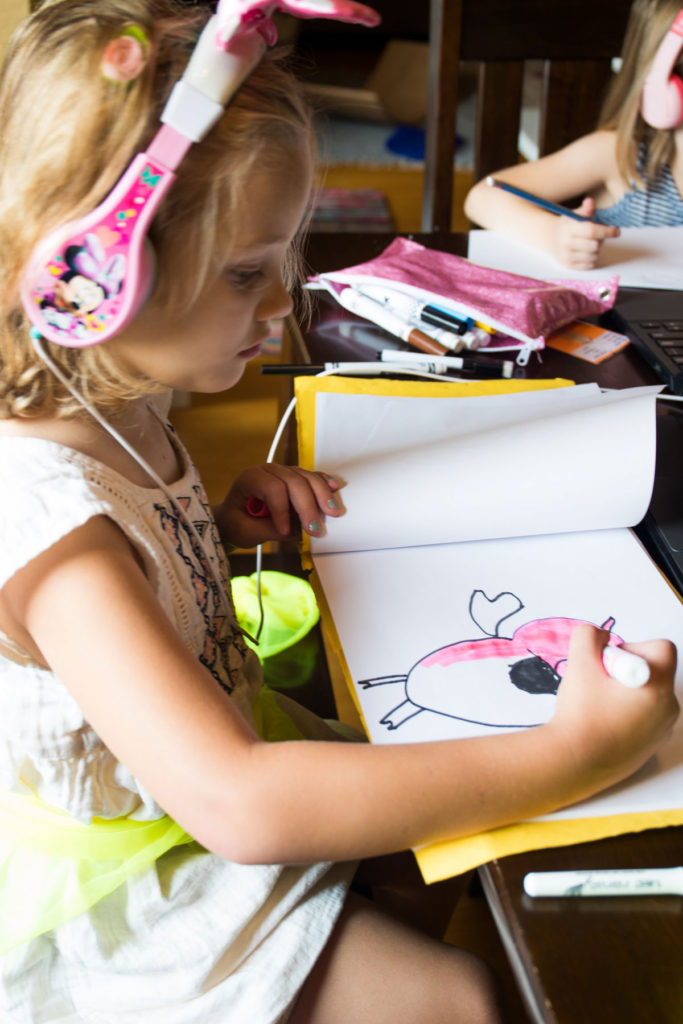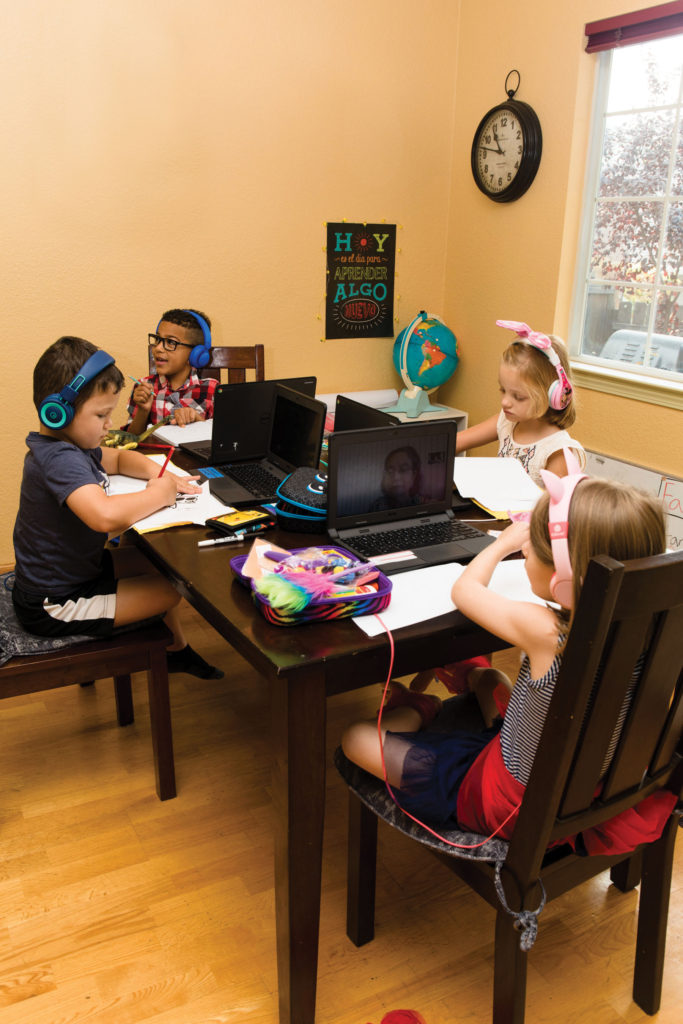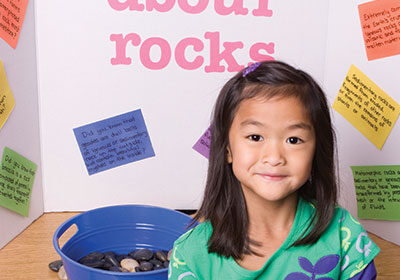What To Look For When You’re Looking For A Learning Pod
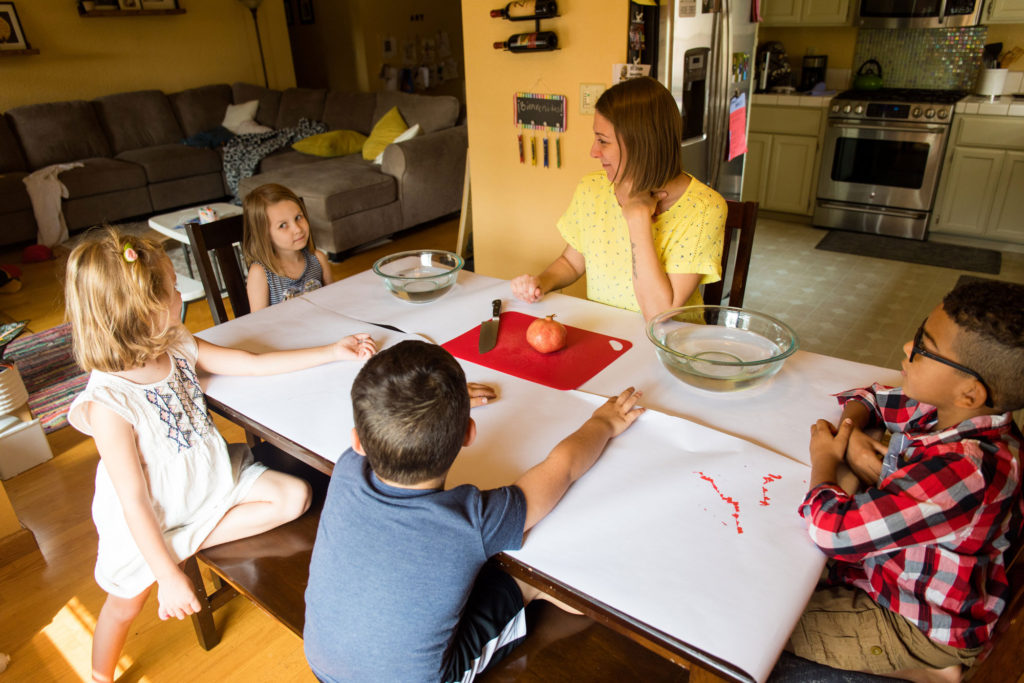
(From left bottom) Bailey Peterson, Lucy Gonzales, Any Gonzales, Malcolm McLemore, Jr;; and Lucas Carrero Sheehy are all part of the Rosedale Elementary Dual Immersion School in Chico. The day’s lesson – the wonderful world of pomegranates. Photos by Nicole Roberts Photography.
How do you know if a pod is right for your kids?
The school year has started and many kids are continuing with remote instruction instead of returning to their regular schools. It can be isolating for kids to study by themselves, so parents are increasingly creating private “learning pods” where kids are taught together in groups by a teacher. Which issues should parents consider when looking to join a pod? How do they know if a pod is just right for their kids? Here’s what the experts say:
Parents should share the same goal.
The first issue parents should consider is whether they share the same goal as the other parents participating in the pod. Attorney Ann O’Connell, an expert on pods, says that pods often have different goals even when these goals aren’t always made explicitly: “parents of older children might be looking for a way to support and supervise their teens’ academics, while parents of younger kids might be seeking a social outlet for their energetic grade-school students.” When choosing a pod, try to get a sense of why certain parents have come together: is the motivation primarily academic or social?
Amy Gonzales and three other families in Chico began their own learning pod this year. Amy says, “We originally came together because we all chose to enroll our children in a two-way dual immersion language program; exploring and appreciating other cultures was important to us. Second, to that, all four moms are working from home during the pandemic and have to support children attending school virtually. Third, we wanted to provide peer support, social interaction, and development opportunities for our young children who were starting kindergarten virtually during this challenging time”
Find out about the curriculum.
If you’re looking for a pod to support academics, find out if a standard or an alternative curriculum is followed. An alternative curriculum may sound exciting, but be careful what you sign your kids up for. “If standards are completely ignored,” says Jill Dresser, a certified teacher who helps parents run pods, your kids may “have to play catch up when they return to traditional school.”
Amy and the other four moms decided that their curriculum for the kindergarteners would consist of a two-way dual immersion language program, with the children interacting with each other and the teacher for about three hours a day. “After that, each parent does enrichment activities that they are most comfortable with,” she says. “For example, as a co-op/pod, we have decided to highlight a different country each week. One parent might do an art activity related to the country and another parent might cook food from that country, while another shares music and dancing, etc.”
The teacher should get all children engaged.
It’s important that the pod has a qualified teacher. Dresser says that the teacher should have good experience with classroom management (the environment is very different from that of a traditional classroom) and be used to teaching kids with different learning needs. She suggests that parents join a pod where the teacher “has the experience and creativity to get all children engaged, no matter what level they’re at.”
For the kindergarteners in Amy’s pod, the parents all share the creativity, and with just four children in the class, she says it’s easy to keep them engaged.
Choose one location, rotating locations, or online.
Some pods are hosted in one location, often the home of one of the families. In others, families rotate that responsibility. “We each teach all four kindergarteners one day a week,” Amy says. “The spaces vary by home setup. One family has an entire basement dedicated to kindergarten while others are making it work by rearranging dining and living rooms and utilizing outdoor spaces, as much as the smoke allows.”
There are also pods that are hosted entirely online, with the teacher interacting with the kids remotely. That’s preferable to having the kids study on their own, but it’s much better for the kids to interact with the teacher and each other face-to-face. Brian Platzer, a high school teacher and co-founder of Teachers Who Tutor, a tutoring service, says that meeting up in-person “allows for problem-solving with peers, which is hard to replicate via Zoom. Students need to practice putting pencil to paper and not just fingers to keyboard. They need space and attention to talk through their thinking. They need dynamic face-to-face interactions.”
 Small pods and a small age range.
Small pods and a small age range.
Experts agree that a pod shouldn’t have more than 10 kids and that the number should be considerably lower if the kids are young. Ms. Snoyer says that kids age 6 and up do well in pods with 5-10 kids, while kids under the age of 5 shouldn’t have more than three pod mates.
In a regular classroom, all the kids are the same age. It may not be possible to replicate that in a pod, but experts advise parents to keep the kids in as close an age range as possible: 5 and under, 6-9, 9-12, and 13 and up. If the age range is too wide, it may be hard for the teacher to follow a common curriculum.
Covid Precautions.
Finally, make sure that you and the other parents agree on the proper precautions against Covid-19; if you don’t agree it could become a major source of contention. Ms. O’Connell suggests that pod members discuss “each family’s relative risk tolerance and behavior profile regarding Covid.”
Good luck finding the right pod for your kids!
Check these out:
Posted in: Education
Comment Policy: All viewpoints are welcome, but comments should remain relevant. Personal attacks, profanity, and aggressive behavior are not allowed. No spam, advertising, or promoting of products/services. Please, only use your real name and limit the amount of links submitted in your comment.
You Might Also Like...
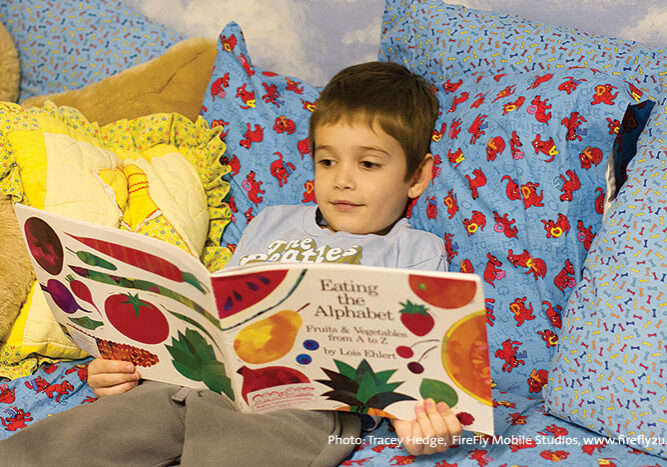
Again! Again! How to Make Reading Irresistible for Preschool Boys
I want my son to love books – so I began reading to him when he was tiny. Despair descended when, at six months old, he was more interested in eating […]
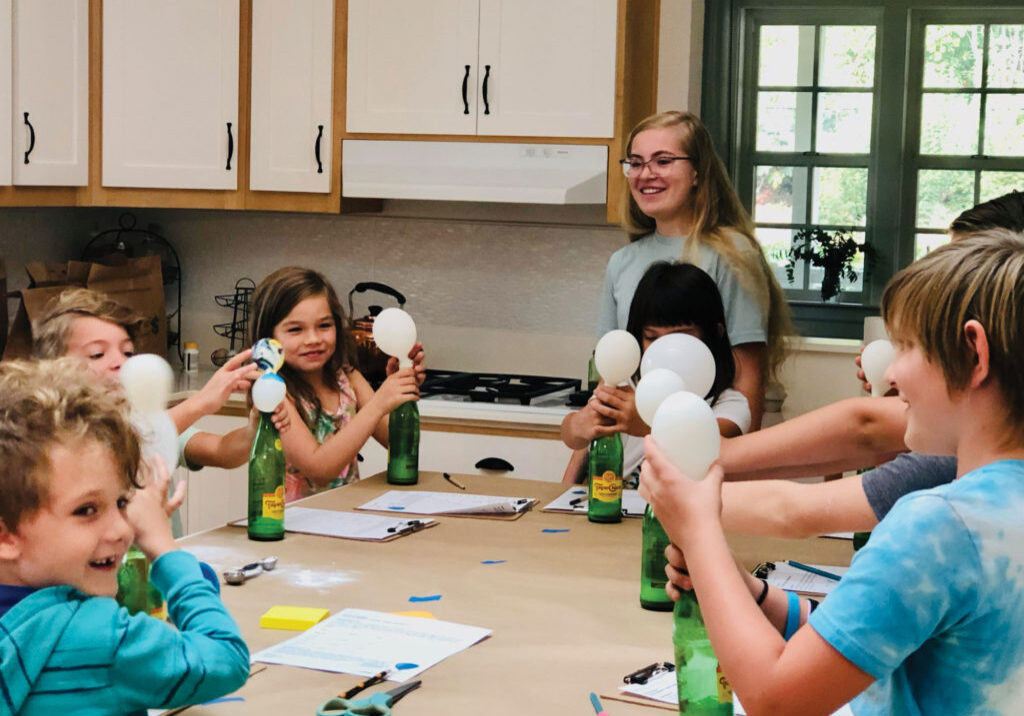
Easy Ways To Build Up STEAM At Home
STEAM (Science, Technology Engineering, Arts and Math) has grown in popularity in recent years as a way to educate children for the contemporary world and future jobs. You can foster […]
Annual Homeschooling Conference is a Memorable, Fun & Educational Experience!
August 6-9, 2015, at the Doubletree Hotel in San Jose, CA. So much more than just a conference – The Homeschool Association of California’s annual “HSC Conference” is a celebration, a […]
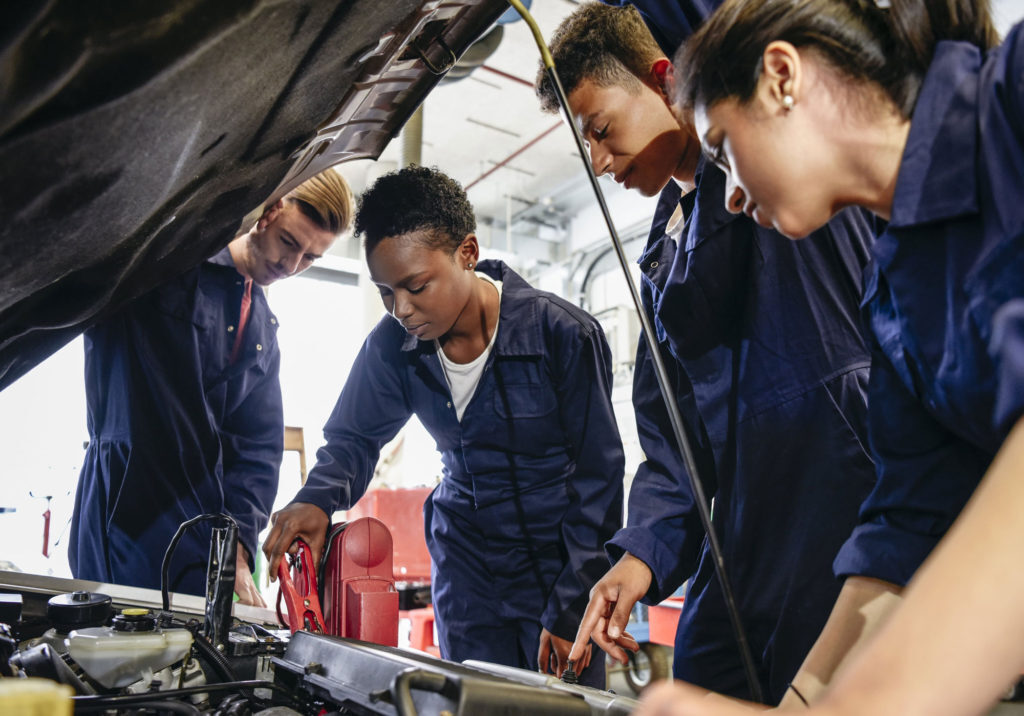
Four Myths about Trade Schools
“Our American culture wants each generation to be better than the last,” says Tracy Lokstadt, president of The Trade School at Shasta Builders Exchange, a non-profit trade school in Redding, […]


